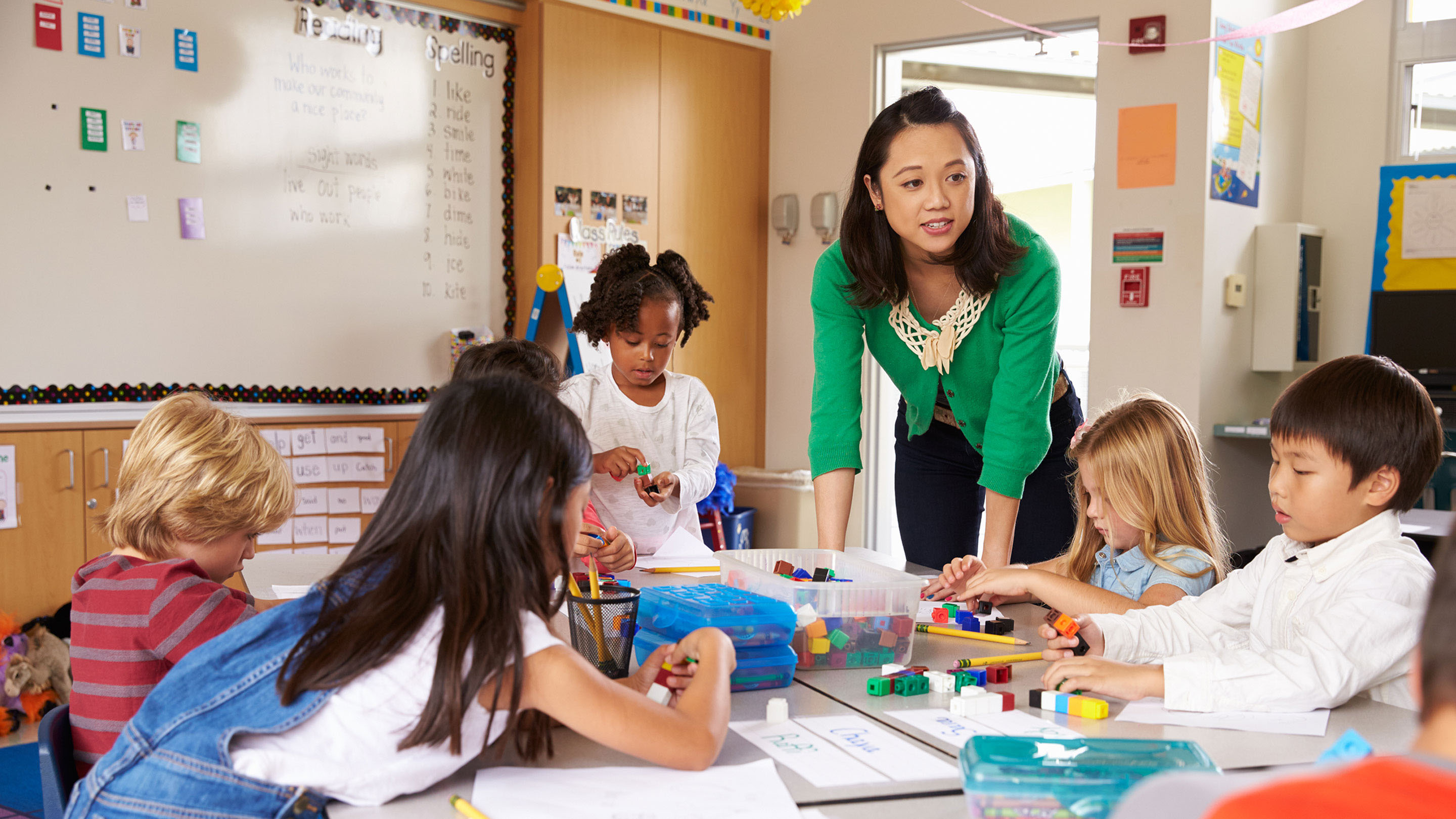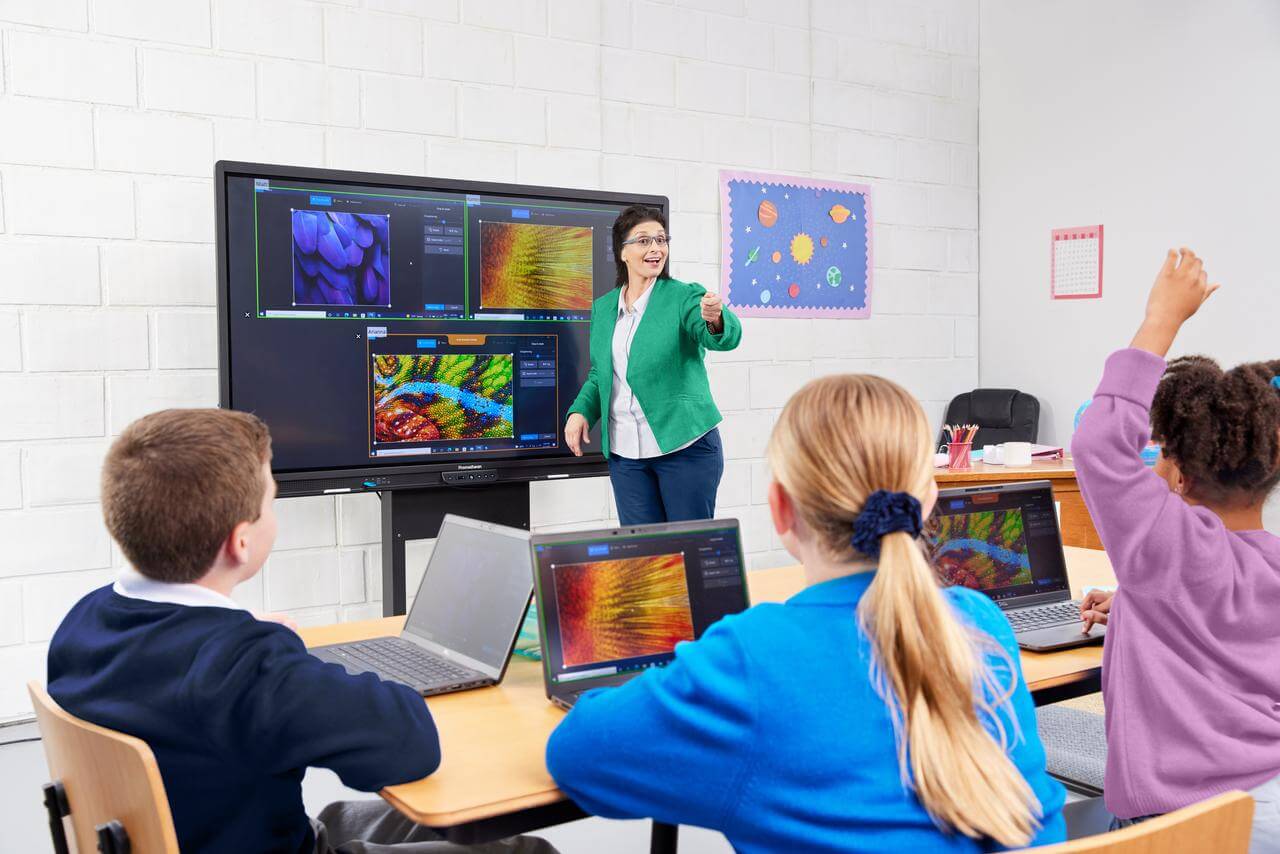Primary Science Tuition Singapore for Building Confidence in Science
Primary Science Tuition Singapore for Building Confidence in Science
Blog Article
A Comprehensive Guide to the Various Learning Methods in Main Scientific Research Instruction
The expedition of varied knowing techniques in main science instruction presents a chance for instructors to boost trainee engagement and comprehension considerably. By checking out hands-on learning techniques, inquiry-based methods, and collaborative strategies, we can identify reliable practices that cater to various finding out styles.

Hands-On Understanding Techniques
Hands-on discovering methods play a pivotal duty in key science guideline, involving pupils in energetic exploration and trial and error. These approaches permit learners to engage directly with sensations and materials, fostering a deeper understanding of scientific ideas. By using manipulatives, designs, and real-life experiments, instructors produce an atmosphere where students can observe, hypothesize, and evaluate their ideas.
Such techniques not just boost understanding yet also grow important thinking and analytic abilities. When students join tasks like constructing straightforward equipments, planting seeds, or conducting chemical reactions, they are motivated to ask concerns and look for responses with their own monitorings. This experiential strategy aids to debunk intricate scientific concepts, making them much more relatable and available.
In addition, hands-on understanding advertises collaboration among peers, as trainees often operate in groups to conduct experiments or share searchings for. This teamwork not just enriches their discovering experience but likewise develops important social skills. Eventually, incorporating hands-on strategies in primary science guideline cultivates a long-lasting love of discovering and inquisitiveness about the natural globe, laying a solid structure for future scholastic quests in science and beyond.
Inquiry-Based Understanding
Inquiry-based learning is an instructional technique that motivates pupils to ask concerns, examine phenomena, and build their very own understanding of scientific principles. This approach shifts the focus from traditional teacher-led direction to a much more student-centered experience, where learners take the campaign in their instructional trip. By promoting interest, inquiry-based understanding advertises deeper involvement with the product, allowing pupils to explore topics in a significant context.
In practice, this technique typically includes hands-on experiments, observations, and essential thinking activities that align very closely with the scientific method. Students are motivated to formulate theories, layout investigations, and evaluate information, which cultivates necessary abilities such as logical and analytical reasoning. The function of the instructor in this framework is to help with exploration, leading trainees via the questions process while motivating independent thought and partnership.
Furthermore, inquiry-based discovering supports a feeling of possession over the knowing process, inspiring trainees to go after understanding proactively. This approach not just enhances understanding of scientific ideas yet also promotes a lifelong love for knowing, outfitting pupils with the abilities necessary to browse a progressively intricate globe.
Collaborative Discovering Approaches
Joint knowing strategies equip students to engage in significant interactions with peers, cultivating a common duty for their academic outcomes. In main scientific research guideline, these strategies encourage learners to function with each other to discover scientific concepts, resolve issues, and perform experiments (primary science tuition Singapore). By taking part in group activities, students can take advantage of diverse point of views, enabling richer understanding and retention of clinical expertise
One key aspect of collaborative knowing is the emphasis web link on communication skills. Trainees need to articulate their ideas, pay attention proactively to others, and negotiate ideas, every one of which are crucial expertises in both real-world and academic contexts. This social interaction not only improves their understanding of clinical concepts but likewise promotes synergy and problem resolution abilities.
When trainees see the value of their contributions within a group, they are more most likely to take ownership of their knowing journey. On the whole, integrating collaborative learning approaches in key science instruction grows a dynamic understanding atmosphere that prepares pupils for future scholastic and social difficulties.
Technology Combination in Science
The combination of innovation in key scientific research direction boosts finding out experiences by giving innovative devices and sources that sustain different teaching methods, consisting of joint understanding - primary science tuition Singapore. The use of digital platforms, simulations, and interactive applications enables trainees to involve deeply with scientific ideas, facilitating a more hands-on method to knowing
Online labs, for circumstances, make it possible for students to perform experiments securely and successfully, advertising inquiry-based understanding. These devices can imitate real-world clinical circumstances, permitting pupils to envision intricate procedures that would certainly be hard to reproduce in a typical class setup. Moreover, innovation promotes communication and partnership amongst trainees, as they can share findings and interact on tasks via on-line systems.
Furthermore, multimedia presentations and educational videos can improve lessons by accommodating varied understanding styles, making abstract concepts a lot more accessible. Data analysis devices also encourage trainees to collect and translate scientific information, reinforcing crucial assuming abilities. Generally, the strategic unification of technology in key science guideline not only improves engagement however also prepares trainees for a technologically sophisticated culture, furnishing them with essential skills for future clinical endeavors.
Set Apart Direction Techniques
Differentiated guideline techniques are essential for resolving the diverse demands of learners in key scientific research education. These approaches allow instructors to customize their teaching techniques to suit varying capacities, rate of interests, and discovering styles within the classroom. By employing separated instruction, instructors can create a comprehensive setting that fosters involvement and enhances understanding of scientific ideas.
One efficient approach is to use you could try this out adaptable organizing, which permits pupils to collaborate with peers at similar ability degrees or with varying viewpoints. This approach encourages peer discovering and advertises essential thinking. Furthermore, using options in jobs can empower trainees, permitting them to pick tasks that reverberate with their rate of interests while still meeting curricular objectives.
Moreover, including tiered jobs is one more important technique. Deliberately jobs with differing levels of intricacy, teachers can guarantee that all students are suitably challenged, despite their effectiveness. Using developmental evaluations to evaluate recognizing additional enables teachers to change their instructional approaches dynamically, making certain that each learner receives the assistance they need.
Inevitably, executing set apart direction strategies in key science education and learning not only boosts pupil knowing end results however additionally cultivates an interest for scientific research, preparing students for future scholastic pursuits.

Final Thought
In summary, reliable main scientific research direction necessitates a diverse method that incorporates hands-on discovering, inquiry-based methods, and collaborative methods. The integration of modern technology and separated instruction better caters to varied learning designs, fostering an atmosphere for exploration and critical thinking. By implementing these approaches, educators can boost student interaction and comprehension, eventually supporting a lifelong enthusiasm for scientific research and inquiry. Such extensive methods are essential for establishing notified and interested future scientists.
The exploration of diverse learning methods in primary science instruction offers a possibility for instructors to boost pupil involvement and understanding significantly.Hands-on More about the author knowing techniques play a pivotal role in primary scientific research guideline, engaging students in active expedition and trial and error.Inquiry-based understanding is a training technique that urges pupils to ask inquiries, explore sensations, and create their very own understanding of clinical principles.Collective knowing methods empower pupils to involve in purposeful communications with peers, promoting a shared responsibility for their instructional results. In general, incorporating joint knowing techniques in primary scientific research direction cultivates a vibrant discovering environment that prepares pupils for future academic and social obstacles.
Report this page